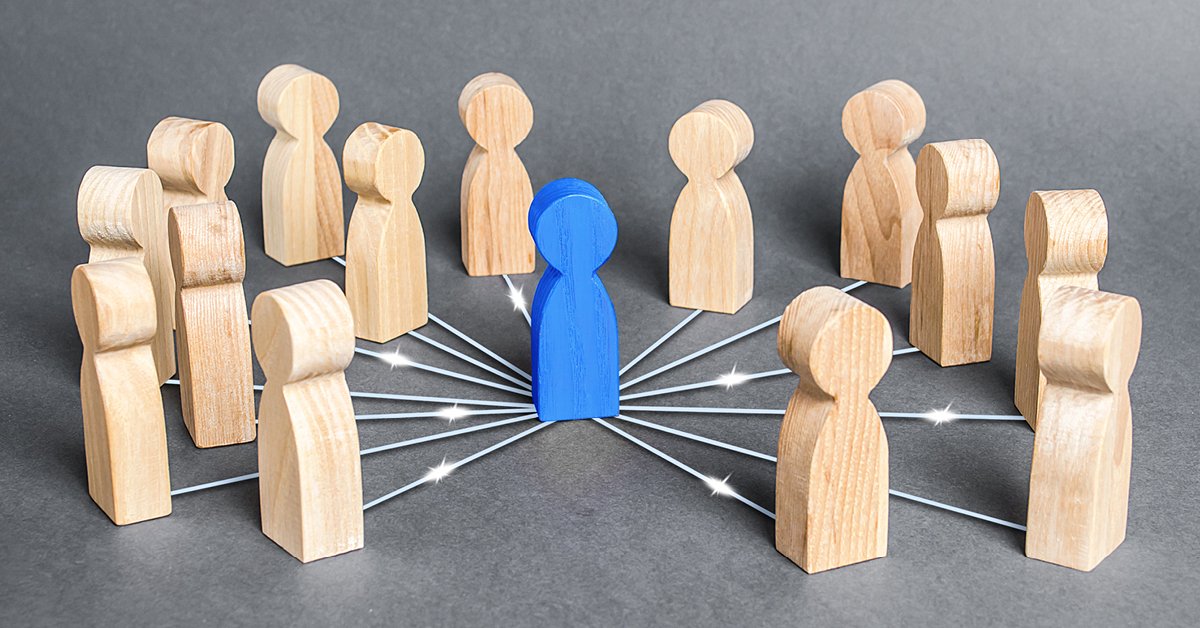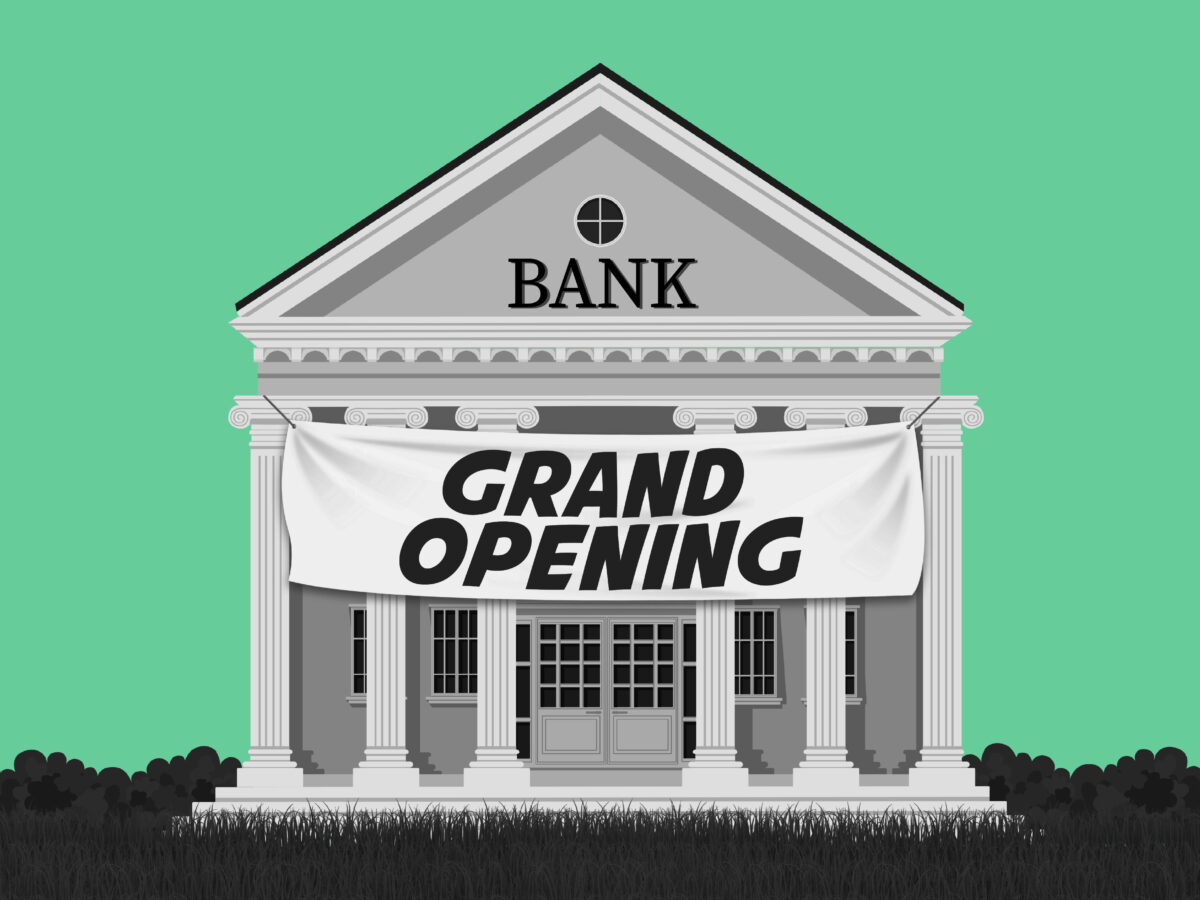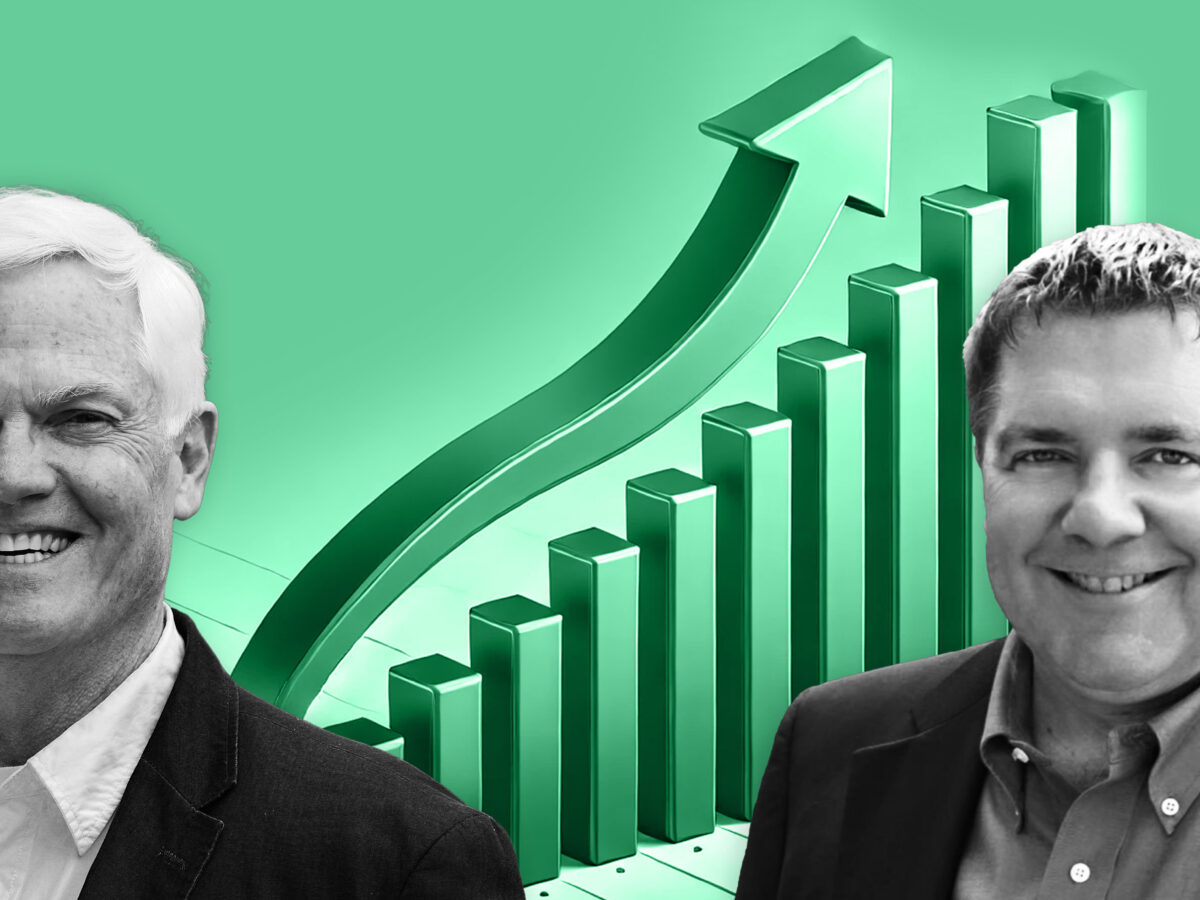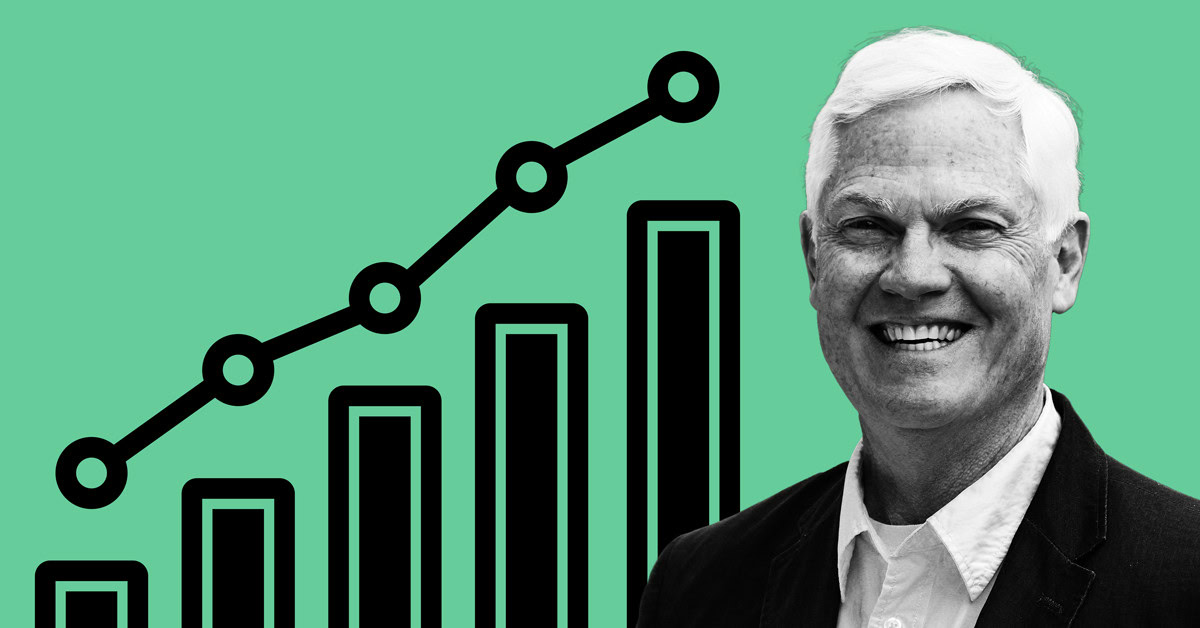Customer-Focused Strategies to Help You Thrive During a Recession.

We are not technically in a recession now, but US Real GDP declined to 1.1% Q123 from 2.6% in the prior quarter. Many experts are forecasting continuing GDP declines as consumer spending, which makes up 70% of GDP, will weaken as savings are being depleted, consumer debt is increasing, and interest rates are making credit more expensive. So, if you missed it, make sure you read our last Insight Tuesday, where Kevin shared some great real-world examples of revenue-enhancing strategies to help you confidently sail into the storm of a recession. Here, I will lay out three critical customer-focused strategies you need to constantly be addressing in both good and bad economic times. Let’s key off of Kevin’s last point about knowing who your most profitable customers are – and customizing your products and services to meet their needs.
1. Build Your Strategies on Customer Lifetime Value (CLV) – Most marketers know about this metric, but how many firms really measure it? CLV is the foundation of every brand marketing investment and should guide all value-creation, operational and technology-support strategies. Firms should not determine CLV simply as a median or mean metric of a total customer base. Businesses are better served knowing the CLV of their most profitable customers. In my work with community banks, I’ve learned that many banks don’t know the CLV of their most profitable customers. In fact, less than 20 percent of customers are profitable in most traditional retail banking institutions. Imagine the upside of increasing loyalty and service delivery to your most profitable customers. Calculate CLV by multiplying the margin contribution of each customer segment by their average length of relationship and then apply those metrics to:
- Designing target-specific customer acquisition strategies with pro forma ROI estimates.
- Designing target-specific customer retention strategies to delight and extend your most valuable relationships.
- Guiding investment decisions in product and service delivery to capture future growth and profitability opportunities.
Apple has developed products for their most profitable customers including the iPhone X and the MacBook Pro which are premium-priced but loaded with desirable features for Apple fans. I personally enjoy the benefits of a family subscription that includes enhanced Apple Storage, Apple TV, and iTunes which creates more value for all of us. Apple clearly understands CLV and has planned strategically to capture Share of Attention (SOV), and share of wallet (SOW), of its most promising customers. If companies do not apply an understanding of CLV like Apple, they are piloting their ship in the fog without instruments.
2. Know your Future Customer Potential (FCP) – OK, so I just made up this acronym, but it makes perfect sense. Think one, three, five, and ten years out. What will be the demographic and persona profile of your best future customers? You can influence that proactively if you adapt now. Back to banking example, many traditional banks have customer bases whose average age is over 55 or 60. Generation Z, also known as Zoomers, are now entering their mid-twenties and have grown up with digital platforms and social media. They are more easily captured by bank competitors such as fintech payments providers, and neo banks like SoFi because they offer more seamless digital experiences. But Zoomers also desire guidance and advice and want to bank with socially conscious organizations. Community banks that offer mobile banking apps can capture this segment more effectively by also promoting how they invest in local communities: supporting non-profits, providing access and education to marginalized populations, and helping small business with advice-driven solutions. SoFi is targeting Zoomers in college. They are investing now to harvest FCP by targeting younger populations that will benefit from their own future earnings, and the wealth transfer from their parents and grandparents. Community banks, and all organizations, would do well to re-orient their offerings and customer experience to appeal to younger generations.
3. Be Customer Centric and Improve Your Customer Experiences – The entire customer life cycle should start with customer-centric attraction and sales. But it should continue through on-boarding, service delivery, satisfaction follow-up, problem resolution, and on-going loyalty-building communications. Growing organizations are becoming more and more customer centric. As of this month, Amazon surpassed one trillion dollars in market value, the 5th largest in the world. This achievement was not an accident. In his 2022 Annual letter, Amazon CEO Andy Jassy stated:
“We are divinely discontented with customer experiences whether they are our own or not. We believe these customer experiences can always be better, and we strive to make customers’ lives better and easier every day…our job is to both listen to their feedback and to imagine what else is possible and invent on their behalf.”
All three of the strategies I list above are practiced at a high level by customer-centric organizations. Studies show that customer-centric organizations achieve higher ROIs, more stable revenue growth, and higher profitability per customer. A 2019 Customer Experience Index study published by Forrester showed that those with a higher customer experience index had 14% higher compound annual growth rates. And a Gallup analysis found that fully engaged customers provide 23% more SOW. The growing field of Customer Experience (CX) is rich with data and case studies demonstrating how companies committed to being customer-focused outperform their competitors.
Gain a competitive edge with our Recession or No Recession series.
In our next Insight Tuesday, Kevin D. Kuchinski will share Productivity Strategies to Enhance Growth and Profitability. Subscribe to Insight Tuesday.





